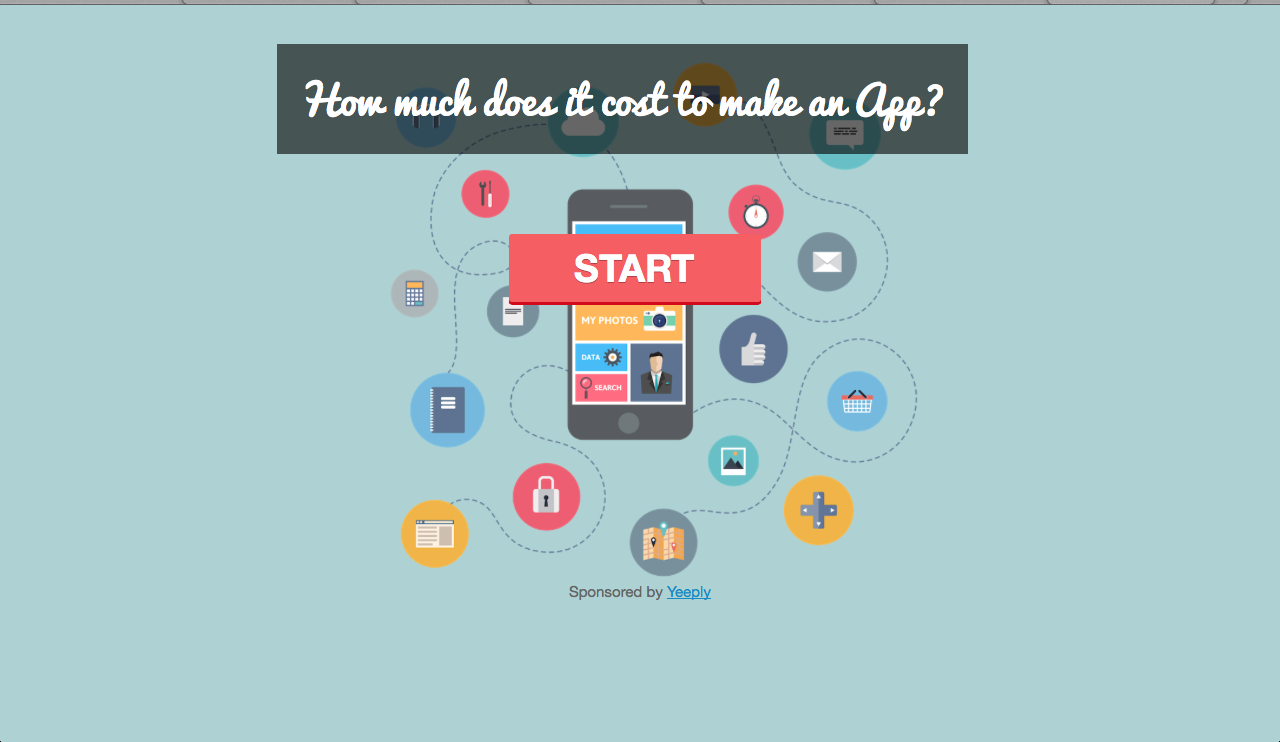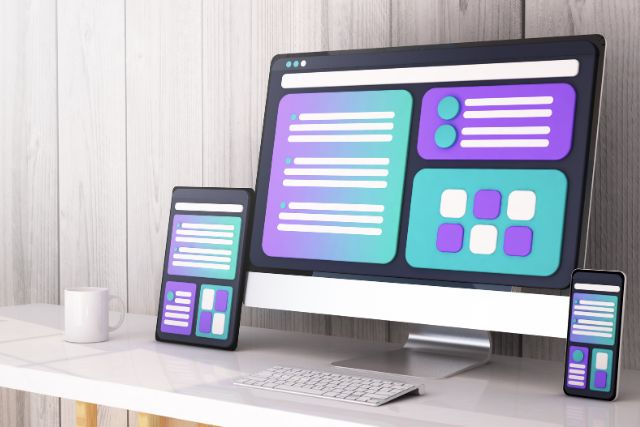Ask any IT analyst and they will probably tell you that low code is entering the market in a very powerful way.
Industry analysts predict that low code will account for around 65% of all application development by 2024. By 2022 alone, a growth of $21.2 billion is estimated for this software.
IT is evolving very fast and is a working system that allows companies to launch new applications in less time, working with low code development platforms that create faster and more agile environments.
Index
- What is low code development?
- The future of software development
- How low code development works
- Limits of low code development
What is low code development?
Low-code is an approach to software development that allows working on applications in a faster way. To achieve this objective, this system relegates manual coding to a minimum, which saves a lot of time and introduces a collection of tools, which through a graphical interface, allows the low code app development in a more visual way.
? You may be interested in | App Prototyping: Best Practices and Tipps
It is no longer necessary to write complex lines of code; instead, complete applications with modern user interfaces and fast, visual data integration can be created using low code.
The future of software development
Companies were already in a scenario where they had to constantly release new products to the market, but after the pandemic, this pressure was increased, as the shift to being online has been intensified. Now more than ever, technology companies must keep up with the times, and not only that, they must be able to keep up with user demand for software so as not to become obsolete in the market.
In this situation, the low code/no code approach provides them with the necessary tools to meet the demands of the industry.
Through low code software, they can create applications, as we have already seen, in a fast way, minimising the development time. Through low code you save time, but you don’t have to leave behind the manual programming that can complement and add complexity to your products to make them unique. With these platforms, a UI/UX designer can perform front-end development and a back-end developer can prototype a consumer application.
✏️ Recommended article | Progressive Web Apps: 5 Tips for an Excellent User Experience
On the other hand, the incorporation of no-code solutions facilitates the work of companies that want to launch simple software. They can do without programmers, as no-code development platforms can be managed by any technical profile, without the need to use code.
Although low code makes things much easier, the development of applications or platforms is still difficult due to their high complexity, lack of qualified personnel and resources. Therefore, low code development can help to overcome these challenges.
When writing a web or mobile application, most of the time is spent writing code by hand for basic sections that are repeated across many platforms, as they have a common base. It’s like laying the same foundations over and over again. Low code allows us to make ” templates ” of these foundations and to use them quickly to build on them as we need.

How low code development works
1. Define the activities to be carried out in a project
In order to define the requirements, a schedule of work will be created, specifying the activities and the time frame in which they will be executed, the partial deliveries, the assignment of tasks, and the meetings associated with them.
2. Identify the information and resources we have at our disposal
We will determine what data we will be working with and whether any other software components will need to be integrated. We will also raise the security issues of the platform.
3. Standardising criteria
Once the objectives and requirements are clear, it is important that the working teams meet to define how each stage will be carried out and to unify criteria.
4. Establish checkpoints
The execution itself generates data that we can use for various analyses, usually of time and performance, in order to establish control points.
5. Ensuring the final quality of the product
The development team will perform technical tests to verify that the application works correctly. End users will validate the app and provide valuable feedback to make final adjustments.
? Related article | The Importance of Incorporating An App In Your Business
6. Generate appropriate documentation
Once the application has been validated, it will be moved to the production environment. The final software should be well documented and have a user guide.
7. Further maintenance
During the lifetime of the application, it will be necessary to update it, introduce improvements and even develop new functionalities. Technical support will be required to solve possible incidents.
Limits of low code development
Lack of customisation
This is one of the biggest complaints against the low code.
Customisation options vary greatly from platform to platform. Some will limit your customisation options, while others allow you to build applications that are tailored to your business needs. Before adopting any platform, make sure you know your customisation limits.
? Read more | Motion Design: A popular Element in App and Web Design
Limited integration
Not all low code tools can be integrated with any software. There are currently a large number of products and software that can be combined with low code, but we will have to take this feature into account when developing our product and avoid problems in the future.
Lock-in effect or supplier lock-in
Many assume that they will be tied to the vendor of their choice, but this need not always be the case. There are vendors that build applications using frameworks and open-source code that work everywhere. But it is also true that other vendors lock you into their platform by generating complicated code that is almost impossible to maintain outside the platform, or by editing your applications once you stop using the tool.
It is important to understand the policies of each provider and to request the generated code beforehand to know how easily it can be changed.

Absence of a proprietary API
When we don’t have a proper API, it basically ends up being a very limited tool. If the intention is to build an application that intends to have an important function in a company, not having its own API will be a restrictive factor.
Security risks
When you work with your own custom code, you know you can trust it, but when you work with low code, you take some risks, as you don’t have full control and security breaches can occur.
This video explains the Low Code application concept in just two minutes:
Conclusion
Low-code development platforms have gained momentum in recent years and some have even tried to displace traditional programming through these working environments.
However, in practice, when companies want to get an app of considerable value, they have to combine low code with more traditional programming. For example, building a part of the app with low code to establish its core functionality and then, through programmers, adding specialisations.













